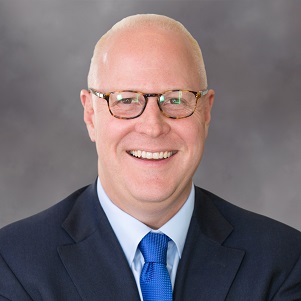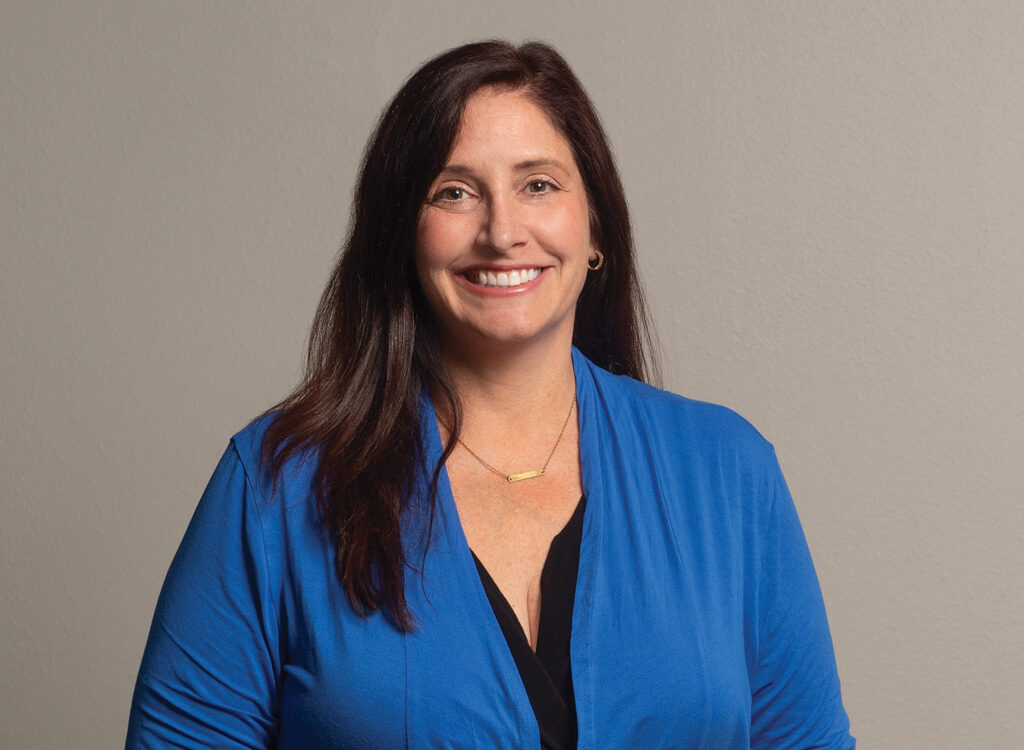Wells Fargo investment chief bullish on ’16 outlook

JOE GARDYASZ Nov 18, 2015 | 9:24 pm
3 min read time
806 wordsAll Latest News, Banking and Finance, Business Record Insider Darrell Cronk, president of the Wells Fargo Investment Institute and chief investment officer for wealth and investment management for Wells Fargo & Co., was in Des Moines today for the company’s 57th Annual Business Trends Meeting held at the Des Moines Marriott Downtown. Senior staff writer Joe Gardyasz interviewed Cronk prior to his presentation; here’s a quick look at what Cronk sees ahead in the coming year.
Darrell Cronk, president of the Wells Fargo Investment Institute and chief investment officer for wealth and investment management for Wells Fargo & Co., was in Des Moines today for the company’s 57th Annual Business Trends Meeting held at the Des Moines Marriott Downtown. Senior staff writer Joe Gardyasz interviewed Cronk prior to his presentation; here’s a quick look at what Cronk sees ahead in the coming year.
How would you describe the economic outlook for 2016?
If I was to describe it in a sentence: Higher equity (stock) prices, higher interest rates, a higher or stronger U.S. dollar and actually higher-trending inflation as well.
In many ways, we are seven years into this recovery cycle. A typical postwar recovery cycle lasts eight years; we think this one will extend longer than eight years. So we think the bull market stays intact in 2016 and beyond, but as the bull market ages and deepens, we think investors are going to have to be a little more tactical about how and where they make their allocation adjustments to their portfolios.
From an investment standpoint, 2016 still looks like a very good year. Quite frankly, the markets do their best when the economy is growing historically between 2 ½ to 3 percent, 1 ½ to 2 percent inflation, and we have positive monetary policy, and we really have those aligned.
Where are the bright spots for growth?
We’re tactically overweight with U.S. large cap equities, so we still think they’ll do well next year with decent earnings growth, a nice dividend and continued buyback yield of shares. We project that next year, U.S. equity markets should provide upper-single-digit to maybe lower-double-digit returns. We also like what we call international developed markets – places like Europe and Japan that are earlier in the recovery cycle.
What are you advising clients regarding international uncertainty given the Paris attacks?
As unfortunate as the Paris attacks are, we still think that those geopolitical events are going to be with us in 2016 and beyond. We don’t think it changes our economic outlook particularly for Europe or the rest of the globe. … (Terrorism acts), as much of a human tragedy they are, don’t tend to swing the economic variables too far. But we do need to be diligent about geopolitical events to the extent they can either erode confidence or slow down economic growth.
What are other potential challenges or weak spots with economic indicators to keep an eye on?
We think that 2016 is in a lot of ways going to be a year of change. You’re going to see a change, obviously, in Federal Reserve monetary policy, meaning they will finally begin liftoff in raising interest rates, which creates a different dynamic for the economy. And certainly we have the presidential election in 2016, so a change in political leadership and what elements that will evolve from that could have market impacts.
I would say one of the areas where I would like to see the economy get a little stronger in 2016 would be manufacturing. So far in this recovery, the U.S. consumer has been very strong, but manufacturing has been somewhat absent or anemic. We would like to see more capital expenditures in property, plant and equipment, and that would round out the recovery.
How does Iowa’s economy look regarding the farm economy?
As your readers know well, commodity prices, particularly commodity prices salient to Iowa, peaked out in the summer of 2013, which created a very difficult Iowa economy in 2014. As a matter of fact, Iowa as an economic engine only grew about 0.4 percent in 2014, which was subpar to how the broader U.S. economy was growing. … I think (agricultural indicators) will get marginally better in 2016, (but) we’re still not bullish on commodity prices because there’s still a little bit of a supply-demand imbalance there. And a stronger U.S. dollar, because so many commodities around the globe are denominated in dollars, can actually put downward pressure on all commodity prices, not just agricultural commodities.
Do you think rising interest rates will slow the housing market?
We don’t think so. Actually, the housing market is doing quite well. When you look at year-over-year construction spending nationally, it’s in the double digits in increases. Housing starts and permits are pretty strong year-over-year. Frankly, housing is one of the bright spots of the U.S. economy. As interest rates go higher, the Fed controls the short side of the yield curve … but the mortgage market is largely dependent on the long side of the yield curve: the 10-, 15- and 30-year rates. We don’t see much lift in those rates in 2016. That end of the curve is closely tied to growth and inflation expectations, more so than what the Fed does.







